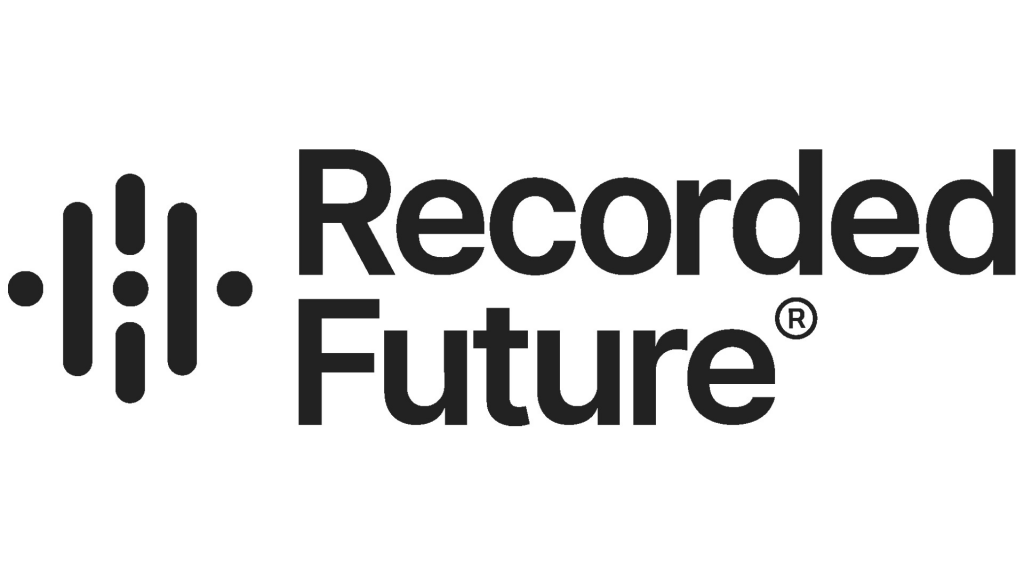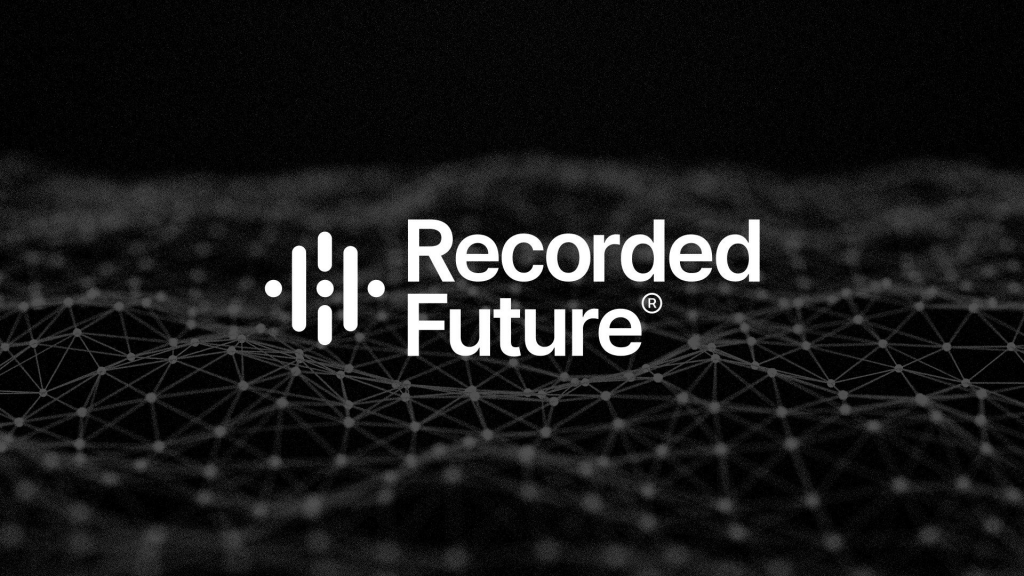What is Recorded Future?

Recorded Future is a threat intelligence platform that specializes in collecting, analyzing, and providing actionable insights about cyber threats and vulnerabilities. It helps organizations proactively manage cybersecurity risks and improve their security posture.
Recorded Future’s platform is designed to empower security teams with timely and relevant threat intelligence, enabling them to make informed decisions, respond quickly to threats, and enhance their overall cybersecurity posture. The platform’s features and capabilities may evolve over time to address emerging threats and challenges in the cybersecurity landscape.
Top 10 use cases of Recorded Future:
Here are the top 10 use cases of Recorded Future:
- Threat Intelligence Gathering: Recorded Future collects and aggregates threat intelligence data from a wide range of sources, including the dark web, open-source feeds, and technical sources, to provide comprehensive insights into the threat landscape.
- Vulnerability Management: It assists organizations in identifying and prioritizing vulnerabilities by providing information about known exploits, vulnerabilities, and patch availability. This helps in efficient vulnerability mitigation.
- Incident Response: Recorded Future provides real-time threat intelligence that helps organizations detect and respond to security incidents more effectively. It offers context about threats and helps in incident investigation.
- Phishing Detection: The platform can identify and alert on phishing campaigns by monitoring phishing-related indicators and patterns. This helps organizations protect against phishing attacks.
- Threat Hunting: Security teams can use Recorded Future to proactively hunt for threats within their network based on threat intelligence data. This aids in identifying and mitigating threats before they cause damage.
- Supply Chain Risk Management: Organizations can use Recorded Future to assess and monitor the cybersecurity risks associated with their supply chain partners and vendors, helping to ensure the security of the supply chain.
- Brand Protection: It helps in protecting an organization’s brand reputation by monitoring for mentions of the organization in various online sources and identifying potential brand-related threats.
- Dark Web Monitoring: Recorded Future tracks activity on the dark web and underground forums, providing insights into emerging threats and cybercriminal activity. This helps organizations stay ahead of potential attacks.
- Security Awareness Training: Recorded Future offers insights into emerging threats and vulnerabilities that can be used for security awareness and training programs to educate employees about potential risks.
- Strategic Threat Intelligence: Organizations can use Recorded Future for strategic planning by gaining insights into long-term cyber threats and trends. This helps in making informed decisions about security investments and strategies.
What are the feature of Recorded Future?
Recorded Future is a comprehensive threat intelligence platform that offers a range of features to help organizations gather, analyze, and act upon threat intelligence data effectively. While the specific features and capabilities may evolve over time, here are some of the key features typically associated with Recorded Future:
Key Features of Recorded Future:
- Threat Intelligence Aggregation: Recorded Future collects and aggregates threat intelligence data from a wide range of sources, including open-source feeds, technical sources, and the deep and dark web.
- Normalization and Enrichment: The platform normalizes and enriches threat intelligence data, ensuring that it’s in a consistent format and adding contextual information to provide deeper insights.
- Real-time Monitoring: Recorded Future provides real-time monitoring of the threat landscape, helping organizations stay updated on emerging threats, vulnerabilities, and cyberattack trends.
- Predictive Analytics: It offers predictive analytics and forecasting capabilities, allowing organizations to anticipate and prepare for future cyber threats.
- Vulnerability Intelligence: Recorded Future provides information about known vulnerabilities, associated exploits, patch availability, and risk scores to assist organizations in vulnerability management.
- Incident Response Support: The platform offers real-time threat intelligence to aid incident response efforts. It provides contextual information about threats and helps in the investigation and containment of security incidents.
- Phishing Detection: Recorded Future can detect and alert on phishing campaigns by monitoring phishing-related indicators and patterns.
- Dark Web Monitoring: It tracks activity on the dark web and underground forums to identify potential threats and cybercriminal activity.
- Integration with Security Tools: Recorded Future can be integrated with various security solutions, such as SIEM (Security Information and Event Management) and SOAR (Security Orchestration, Automation, and Response) platforms, to enhance threat detection and response capabilities.
- Customizable Alerts and Notifications: Organizations can set up custom alerts and notifications based on specific threat criteria, ensuring that they receive timely alerts about relevant threats.
- Historical Data Analysis: Recorded Future stores historical threat intelligence data, allowing organizations to analyze trends and patterns over time.
How Recorded Future works and Architecture?

Recorded Future’s architecture and functionality can be summarized in the following steps:
- Data Collection: Recorded Future collects threat intelligence data from various sources, including open-source feeds, technical sources, and deep and dark web monitoring.
- Normalization and Enrichment: The collected data is normalized to ensure consistency and enriched with contextual information. This enrichment includes details about threat actors, tactics, techniques, procedures (TTPs), and associated indicators.
- Storage and Analysis: Threat intelligence data is stored in a centralized repository and made available for analysis. The platform uses machine learning and analytics to identify patterns, trends, and correlations within the data.
- Real-time Monitoring: Recorded Future provides real-time monitoring of the threat landscape, alerting organizations to emerging threats and vulnerabilities as they are detected.
- Alerting and Reporting: The platform generates alerts and notifications based on predefined criteria or custom configurations. It also offers reporting and visualization capabilities to help organizations understand and communicate threat insights effectively.
- Integration: Recorded Future can be integrated with other security solutions, such as SIEM, SOAR, and endpoint security tools, to enhance their threat detection and response capabilities with threat intelligence.
- Predictive Analytics: Recorded Future uses predictive analytics to forecast potential future threats, helping organizations prepare and take proactive measures to mitigate risks.
Recorded Future’s architecture is designed to facilitate the collection, analysis, and dissemination of threat intelligence data, enabling organizations to make informed decisions and enhance their cybersecurity defenses. The platform’s features and capabilities may evolve to address emerging threats and challenges in the cybersecurity landscape.
How to Install Recorded Future?
Recorded Future is a cloud-based threat intelligence platform, so there is no need to install any software on your own servers. To get started with Recorded Future, you will need to create an account and select the plan that best meets your needs. Once you have created an account, you will be able to log in to the Recorded Future web UI and start using the platform immediately.
Some additional tips for getting started with Recorded Future:
- Review the Recorded Future documentation. The Recorded Future documentation provides a comprehensive overview of the platform and how to use it.
- Take a Recorded Future training course. Recorded Future offers a variety of training courses to help you learn how to use the platform effectively.
- Contact Recorded Future support. Recorded Future offers excellent support to its customers. If you have any questions or problems, you can contact Recorded Future support for assistance.
Once you are familiar with Recorded Future, you can start using it to improve your security posture. Recorded Future can be used to:
- Identify and assess threats. Recorded Future can help you to identify and assess threats to your organization, such as malware campaigns, phishing attacks, and targeted attacks.
- Enrich your security data. Recorded Future can enrich your security data with threat intelligence, such as IP addresses, URLs, file hashes, and threat actor information.
- Automate your security operations. Recorded Future can be integrated with your security tools to automate your security operations, such as incident response and threat hunting.
Recorded Future is a powerful threat intelligence platform that can help you to protect your organization from security threats. By following the tips above, you can learn how to get started with Recorded Future and start using it to improve your security posture.
Basic Tutorials of Recorded Future: Getting Started

The following are the Basic Tutorials of Recorded Future:
Getting Started
- Create an account on the Recorded Future website.
- Select the plan that best meets your needs.
- Log in to the Recorded Future web UI.
Threat Discovery and Monitoring
- Use the Threat Explorer to browse and explore Recorded Future’s threat intelligence knowledge base.
- Create and manage custom Threat Lists to track specific threats or threat actors.
- Set up Threat Alerts to receive notifications when Recorded Future detects new threats to your organization.
Threat Analysis and Enrichment
- Use the Threat Insights feature to get detailed analysis of specific threats.
- Enrich your security data with threat intelligence, such as IP addresses, URLs, file hashes, and threat actor information.
- Use the Threat Integrations feature to integrate Recorded Future with your security tools to automate threat intelligence workflows.
Threat Mitigation
- Use the information you gather from Recorded Future to take action to mitigate threats, such as blocking IP addresses, blocking URLs, and isolating infected systems.
- Use the Threat Integrations feature to automate your threat mitigation response.
Additional Tips
- Use the Recorded Future documentation to learn more about the platform and how to use it.
- Take a Recorded Future training course to learn how to use the platform effectively.
- Contact Recorded Future support if you have any questions or problems.
Some specific examples of how you can use Recorded Future to improve your security posture:
- Identify new malware campaigns. Use the Threat Explorer to search for new malware campaigns that are targeting your industry or region.
- Investigate phishing attacks. Use the Threat Insights feature to get detailed analysis of phishing attacks that are targeting your organization.
- Track threat actors. Create Threat Lists to track specific threat actors that are targeting your organization.
- Enrich your security data. Use the Threat Integrations feature to integrate Recorded Future with your security tools to enrich your security data with threat intelligence.
- Automate your threat intelligence workflows. Use the Threat Integrations feature to automate your threat intelligence workflows, such as incident response and threat hunting.
Recorded Future is a powerful threat intelligence platform that can help you to improve your security posture by helping you to identify, assess, and mitigate threats to your organization.
- Why Can’t I Make Create A New Folder on External Drive on Mac – Solved - April 28, 2024
- Tips on How to Become a DevOps Engineer - April 28, 2024
- Computer Programming Education Requirements – What You Need to Know - April 28, 2024

